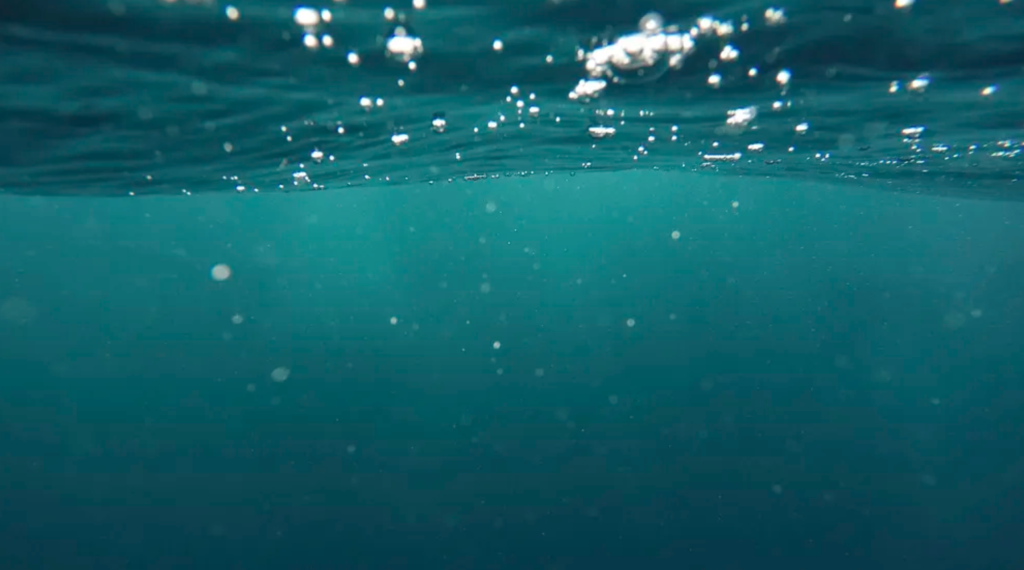Staff Writer | February 9, 2023

Seawater. (Image from Rawpixel.)
Researchers have successfully split seawater without pre-treatment to produce green hydrogen.

“We have split natural seawater into oxygen and hydrogen with nearly 100% efficiency, to produce green hydrogen by electrolysis, using a non-precious and cheap catalyst in a commercial electrolyzer,” Shizhang Qiao, who led the research at the University of Adelaide, said in a media statement.
In a paper published in the journal Nature Energy, Qiao and his co-authors explained that they used cobalt oxide with chromium oxide on its surface as a catalyst.
According to the scientists, the performance of a commercial electrolyzer with the catalysts running in seawater is close to the performance of platinum/iridium catalysts running in a feedstock of highly purified deionized water.
They also pointed out that seawater electrolysis is still in early development compared to pure water electrolysis because of electrode side reactions, and corrosion arising from the complexities of using seawater.
“It is always necessary to treat impure water to a level of water purity for conventional electrolyzers including desalination and deionization, which increases the operation and maintenance cost of the processes,” co-lead researcher Yao Zheng said. “Our work provides a solution to directly utilize seawater without pre-treatment systems and alkali addition, which shows similar performance as that of existing metal-based mature pure water electrolyzer.”
The team now plans to work on scaling up the system by using a larger electrolyzer so that it can be used in commercial processes such as hydrogen generation for fuel cells and ammonia synthesis.

Seawater. (Image from Rawpixel.)
Researchers have successfully split seawater without pre-treatment to produce green hydrogen.

“We have split natural seawater into oxygen and hydrogen with nearly 100% efficiency, to produce green hydrogen by electrolysis, using a non-precious and cheap catalyst in a commercial electrolyzer,” Shizhang Qiao, who led the research at the University of Adelaide, said in a media statement.
In a paper published in the journal Nature Energy, Qiao and his co-authors explained that they used cobalt oxide with chromium oxide on its surface as a catalyst.
According to the scientists, the performance of a commercial electrolyzer with the catalysts running in seawater is close to the performance of platinum/iridium catalysts running in a feedstock of highly purified deionized water.
They also pointed out that seawater electrolysis is still in early development compared to pure water electrolysis because of electrode side reactions, and corrosion arising from the complexities of using seawater.
“It is always necessary to treat impure water to a level of water purity for conventional electrolyzers including desalination and deionization, which increases the operation and maintenance cost of the processes,” co-lead researcher Yao Zheng said. “Our work provides a solution to directly utilize seawater without pre-treatment systems and alkali addition, which shows similar performance as that of existing metal-based mature pure water electrolyzer.”
The team now plans to work on scaling up the system by using a larger electrolyzer so that it can be used in commercial processes such as hydrogen generation for fuel cells and ammonia synthesis.
No comments:
Post a Comment